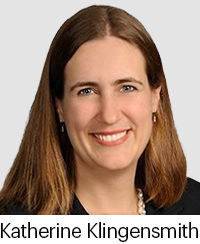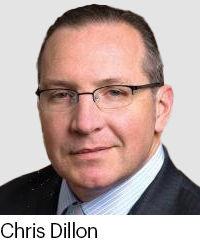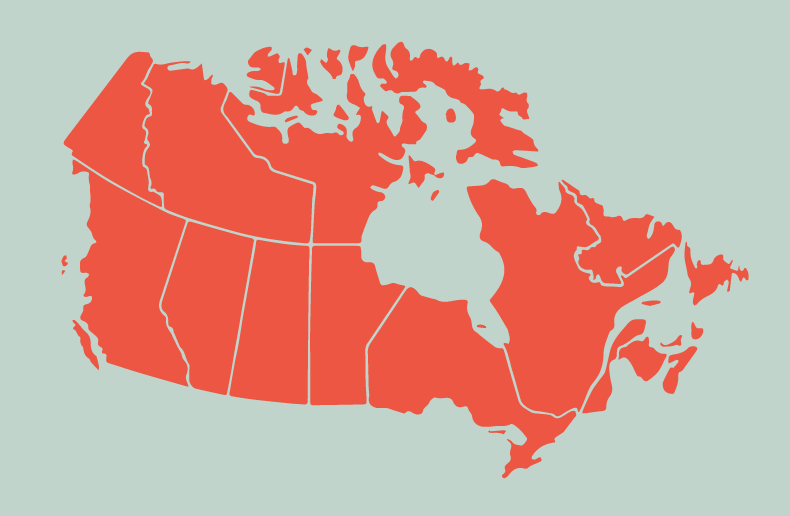Canada Life drew on its multi-manager resource base to present a new mid-year market outlook for investors July 13, wherein two of the company’s asset managers discussed equity and fixed income markets, emerging markets, valuations and policy interest rates.

In bonds, Katie Klingensmith, senior vice president and investment specialist with Brandywine Global Asset Management, says the firm’s outlook is not dramatically different than it was six months ago, despite the fact that the past six months have been interesting, she says, calling the period in question a tale of two quarters.
In the first, equity markets resumed their upward trend, driven by certain sectors and markets, while investors felt more optimistic about growth and corporate performance. Against this backdrop, she says bonds were slammed. “But now bond markets (following the end of the second quarter) are back to a lot of the ways they were at the beginning of this year, which is to say we have very inverted yield curves, which should suggest recession, and relatively high rates, and we got there very quickly from central banks.”
She adds that valuation opportunities in bonds, their spreads, vary across both sectors and regions. “There’s really a lot going on in fixed income markets,” she says. “We have fixed income paying income. Not only is it paying income, but there is (also) a range of opportunities.”
With valuations ranging across different sectors and countries, she adds “this is an environment where we can look for returns. I think this is an environment where we’ll see a much more traditional kind of negative correlation between fixed income and equities because rates are higher. This is a time when it takes a lot of thoughtfulness from a macro perspective and from a valuation perspective to get it right.”
She meanwhile says developments surprised investors, including stronger performance out of Europe, a warmer winter and unexpected manufacturing activity. She says going into the fall last year fears were that Europe would enter a dramatic recession due to scarcity and the resulting price of commodities and food. “The warm winter was welcome, but that’s absolutely still at play for this fall.”

Equities manager, Chris Dillon, vice president and investment specialist with T. Rowe Price, says although the industry is trained to look at manufacturing PMI (Purchasing Managers’ Index) data, that which is happening with global manufacturing players, he says the recovery in service should not be discounted. “There’s a massive service economy recovery going on as a byproduct of the COVID-19 shutdown,” he says. “Global manufacturing is pointing to recession; global service activity is pointing to a global economy that is still working quite well.”
Policy interest rates
Their ranging discussion suggests that how central bankers are handling inflation and demand is a prominent concern for both managers.
“What we worry about the very most is a monetary policy that oversteps – rates going up too high and staying too high for too long,” says Klingensmith. The stress on the consumer, meanwhile, is felt sooner in Canada than the U.S. thanks to significant differences in how debt and mortgages are structured (often mortgages are 30-year fixed terms; the corporate sector has similarly lengthy financing periods).
“We’ve had this unprecedented response from a monetary policy standpoint. The policy rate in Canada hasn’t been this high since 2001 and it got there in a nanosecond,” Dillon says.
“This question around how long does it take for much tighter monetary policy to really have an impact on demand and on inflation? And can you get a drop in inflation without really, really destroying demand – these questions are wide open,” says Klingensmith.
Dillon adds that history tells us it normally takes 12 to 18 months for higher monetary policy “to actually bite into the system.” Klingensmith says it’s unlikely that central banks are going to cut rates until they need to. “They’re not going to cut rates unless they have deflation or inflation too low. There are lags and there’s a lot of pent-up tightening, but it seems unlikely that we’re going to get deflation in the major countries anytime soon.”
“It’s unlikely that the central banks will cut rates for a while. So these lagged effects, they also accumulate,” Klingensmith adds, “and they’re going to manifest in all different kinds of places we’ve forgotten to talk about.”
That said, she adds that the hope is rates will be able to hold, rather than get cut again. “If they have to cut, it’s because something pretty extreme has materialized.”
Recession odds
As discussed briefly, they say Canada is more sensitive to interest rate increases given the structure of how households hold their mortgages, but in reality, a lot of countries – Europe, Australia, New Zealand, Canada and the U.S. are in a similar place. “I think we’ll end up potentially facing recessionary risks in a coordinated way”, says Kligensmith.
Emerging markets, meanwhile, will likely take different trajectories.
In Canada and the U.S. Dillon estimates the probability of recession using conventional metrics, putting the odds of a recession at 65 per cent in the next 12 months for the U.S. and saying the odds of recession for Canada sit around 45 per cent. That said, he says the T. Rowe Price perspective is that industrial policy in the U.S. is having more of an impact on commercial construction than is being recognized. “There’s some material that would argue you should flip that 40 per cent probability for Canada and make that 40 per cent for the U.S. and 60 per cent for Canada,” he says.
Dillon adds that firm doesn’t believe recession is in the cards this year. “If it’s coming, it’s next year,” he says.
A year of questions
Klingensmith says while this year raises a lot of questions for investment managers, and this follows a similar year in 2022, these require a certain amount of mental agility to navigate. “We not only need to be intellectually curious and understand our own assumptions, we need to build portfolios and approaches that are ready to do well during periods of time where there’s a lot of uncertainty,” she says.
“Stay really, really inquisitive about the specifics.”




